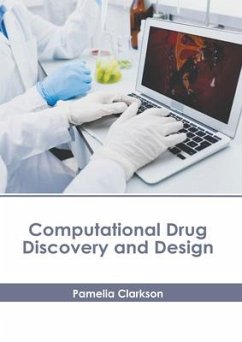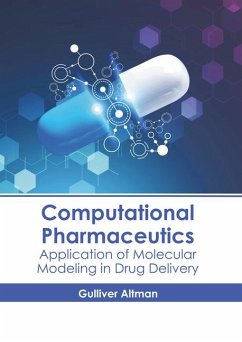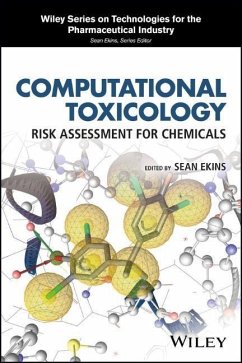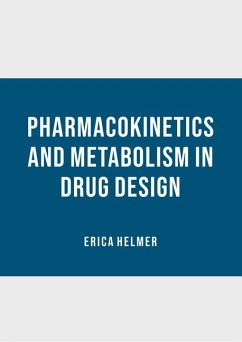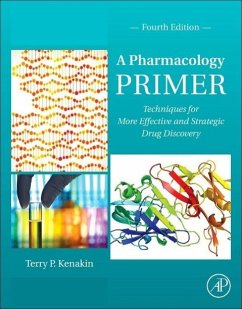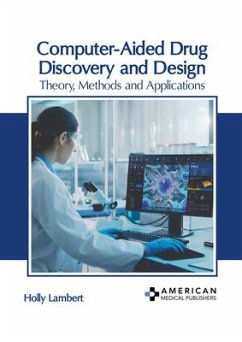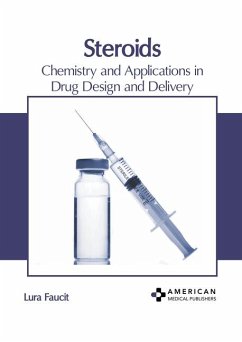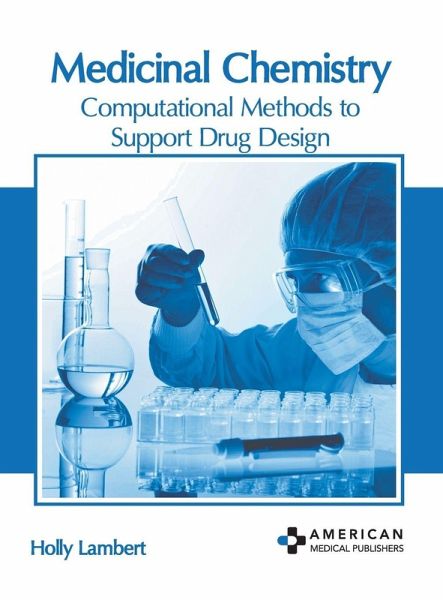
Medicinal Chemistry: Computational Methods to Support Drug Design
Versandkostenfrei!
Versandfertig in über 4 Wochen
132,99 €
inkl. MwSt.

PAYBACK Punkte
66 °P sammeln!
Medicinal chemistry is the study of molecular aspects of drug actions. It encompasses molecules, their structures, designs, and their pharmacological activities. A molecule's potency is determined by its structure. The structural activity relationship is a sub-branch of medicinal chemistry that estimates a molecule's potential to display any pharmacological activity. Computational methods play a significant role in the development of molecules that are therapeutically significant. These methods can be categorized into ligand-based and structure-based methods. Ligand-based methods make use of l...
Medicinal chemistry is the study of molecular aspects of drug actions. It encompasses molecules, their structures, designs, and their pharmacological activities. A molecule's potency is determined by its structure. The structural activity relationship is a sub-branch of medicinal chemistry that estimates a molecule's potential to display any pharmacological activity. Computational methods play a significant role in the development of molecules that are therapeutically significant. These methods can be categorized into ligand-based and structure-based methods. Ligand-based methods make use of ligand information for the prediction of activity based on the similarities and dissimilarities compared to previously known active ligands. Generally utilized ligand-based methods include quantitative structure-activity relationships, molecular descriptors, and ligand-based pharmacophores. These methods are analogous towards high-throughput screening, where information regarding ligand and target structure both is important. Structure-based methods include ligand design methods, pharmacophore, and ligand docking. This book contains some path-breaking studies in the field of medicinal chemistry. It will provide interesting topics for research on the computational methods for drug design, which interested readers can take up. This book will serve as a reference source for a broad spectrum of readers.



